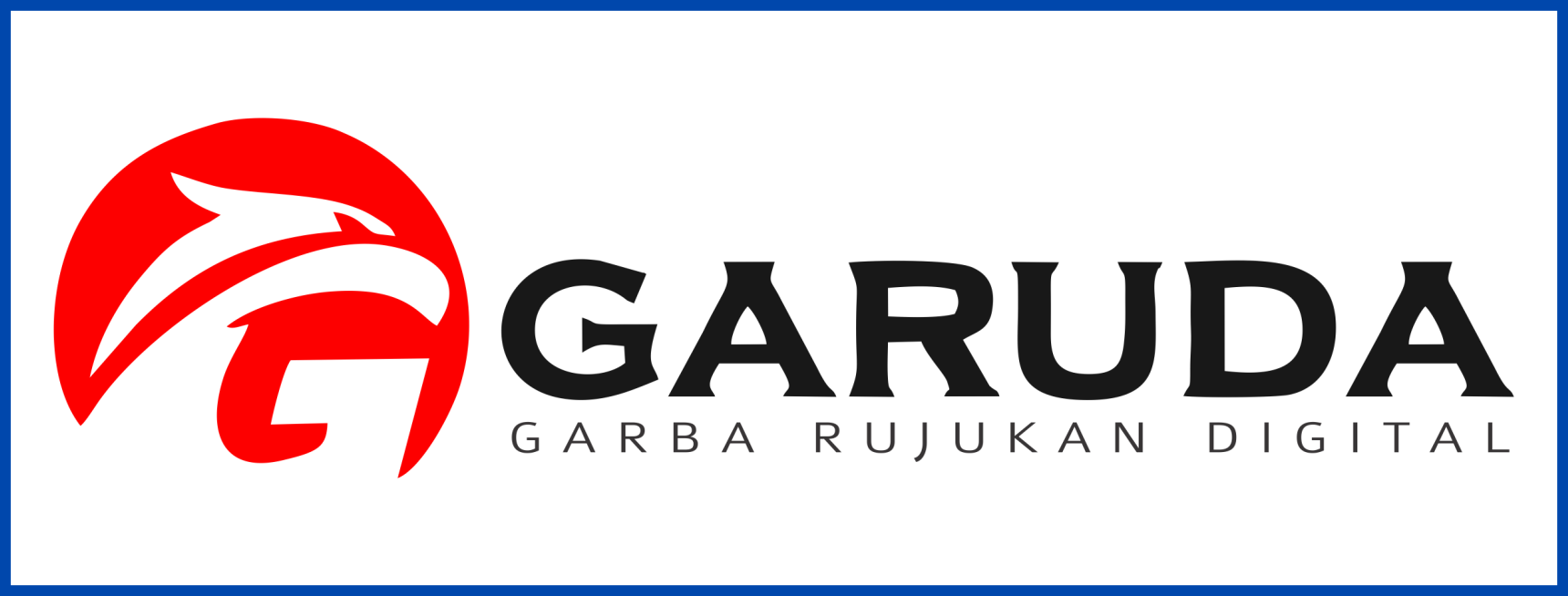Hubungan Pola Hidup Masyarakat Pesisir dengan Angka Kejadian Penyakit Diabetes Melitus dan Asam Urat
Abstrak
Penyakit Tidak Menular (PTM), telah menjadi permasalahan kesehatan global, termasuk di Indonesia sendiri, di mana angka kematian yang disebabkan oleh PTM cukup tinggi. Salah satu PTM yang seringkali ditemukan di masyarakat adalah diabetes melitus dan asam urat. Sebagai upaya untuk pencegahan PTM, dilaksanakan pos pembinaan terpadu (posbindu), sebagai program pencegahan PTM dengan sasaran masyarakat berusia 15-60 tahun. Posbindu telah berjalan rutin di tiga desa lokasi KKN-PPM UGM unit JT-133 yaitu Desa Tedunan, Desa Wedung, dan Desa Tempel, Kecamatan Wedung, Kabupaten Demak. Metode pengambilan data berupa hasil tes kesehatan dan hasil anamnesis singkat untuk menggali faktor risiko masyarakat setempat di kegiatan posbindu. Data hasil tes kesehatan diolah secara kuantitatif deskriptif, sedangkan data anamnesis merupakan data kualitatif. Karakteristik peserta posbindu yang diperiksa adalah 14% laki-laki, 86% perempuan, dengan usia berkisar 20-60 tahun dengan rincian persebaran kelompok usia 19-44 sebanyak 53% dan 45-60 tahun sebanyak 47%. Selain itu, persebaran Indeks Massa Tubuh (IMT) peserta posbindu adalah 47% IMT normal, sedangkan 49% obesitas. Pada pemeriksaan gula darah kelompok obesitas pada usia 19-44 tahun terdapat peningkatan kadar gula darah dan kejadian diabetes, dibandingkan dengan kelompok tidak obesitas pada kelompok usia yang sama. Pada pemeriksaan asam urat ditemukan angka kejadian hiperurisemia pada kelompok usia 19-44 tahun terdapat hubungan dengan kejadian obesitas dan pola makan tertentu. Dari data tersebut dapat disimpulkan bahwa salah satu penyebab terjadinya diabetes melitus dan asam urat pada kelompok usia 19-44 tahun adalah pola hidup. Pola hidup yang kurang sehat dari masyarakat pesisir di ketiga desa ini meliputi kurang aktivitas fisik, konsumsi makanan dan minuman tinggi gula, serta olahan makanan laut dan sayuran yang sering digoreng/ditumis atau dimasak dengan santan secara berlebihan. Oleh karena itu, mempromosikan pola hidup sehat di manapun dan kapanpun, terutama saat posbindu, menjadi kunci utama dalam pencegahan dan pengobatan PTM.
Referensi
Direktorat Jenderal Pelayanan Kesehatan. (2022). Penyakit Asam Urat. https://yankes.kemkes.go.id/view_artikel/1729/penyakit-asam-urat
InfoSehat FKUI. (2020). Makan Nasi Putih Panas Cepat Naikkan Gula Darah? – Info Sehat FKUI. https://fk.ui.ac.id/infosehat/makan-nasi-putih-panas-cepat-naikkan-gula-darah/
Kakutani-Hatayama, M., Kadoya, M., Okazaki, H., Kurajoh, M., Shoji, T., Koyama, H., Tsutsumi, Z., Moriwaki, Y., Namba, M., & Yamamoto, T. (2017). Nonpharmacological Management of Gout and Hyperuricemia: Hints for Better Lifestyle. American Journal of Lifestyle Medicine, 11(4), 321–329. https://doi.org/10.1177/1559827615601973
Kemenkes RI. (2012). Petunjuk Teknis Pos Pembinaan Terpadu Penyakit Tidak Menular (Posbindu PTM). Ditjen Pengendalian Penyakit Dan Penyehatan Lingkungan, Kementerian Kesehatan RI, 1–39. http://p2ptm.kemkes.go.id/uploads/2016/10/Petunjuk-Teknis-Pos-Pembinaan-Terpadu-Penyakit-Tidak-Menular-POSBINDU-PTM-2013.pdf
Liu, W., Liu, W., Wang, S., Tong, H., Yuan, J., Zou, Z., Liu, J., Yang, D., & Xie, Z. (2021). Prevalence and risk factors associated with hyperuricemia in the pearl river delta, guangdong province, china. Risk Management and Healthcare Policy, 14, 655–663. https://doi.org/10.2147/RMHP.S293913
Madyaningrum, E., Kusumaningrum, F., Wardani, R. K., Susilaningrum, A. R., & Ramdhani, A. (2020). Buku Saku Kader: Pengontrolan Asam Urat di Masyarakat. In Fakultas Kedokteran, Kesehatan Masyarakat, dan Keperawatan, Universitas Gadjah Mada. https://hpu.ugm.ac.id/wp-content/uploads/sites/1261/2021/02/HDSS-Sleman-_Buku-Saku-Kader-Pengontrolan-Asam-Urat-di-Masyarakat-_cetakan-II.pdf
Musdalifah, Indriastuti, D., & Syahwal, M. (2020). Budaya Makan Masyarakat Pesisir Yang Beresiko Terjadi Hipertensi Pada Lansia Dini di Kabupaten Konawe. Jurnal Keperawatan, 4(2), 1–8.
Ningrum, L. (2015). Studi Perilaku Konsumen Minum Teh dalam Gaya Hidup Berdasarkan Kelas Sosial untuk Membudayakan Teh Bagian dari Wisata Kuliner (Studi Wilayah Jakarta Selatan dan Bogor). Jurnal Ilmiah Pariwisata-STP Trisakti, 20(2), 1–10.
Perhimpunan Reumatologi Indonesia. (2018). Rekomendasi Pedoman Diagnosis dan Pengelolaan Gout.
Perkeni. (2021). Pedoman Pengelolaan dan Pencegahan Diabetes Melitus Tipe 2 Dewasa di Indonesia 2021. Global Initiative for Asthma, 46. www.ginasthma.org.
Prasetio, B., & Susanto, I. H. (2013). Hubungan Aktivitas Fisik dengan Indeks Massa Tubuh pada Anak di Daerah Kampung Nelayan Pesisir Pantai Kenjera. 4(1), 347–350.
Shan, R., Ning, Y., Ma, Y., Gao, X., Zhou, Z., Jin, C., Wu, J., Lv, J., & Li, L. (2021). Incidence and risk factors of hyperuricemia among 2.5 million chinese adults during the years 2017–2018. International Journal of Environmental Research and Public Health, 18(5), 1–11. https://doi.org/10.3390/ijerph18052360
Siregar, P. A., Simanjuntak, S. F. S., Ginting, F. H., Tarigan, S., Hanum, S., & Utami, F. S. (2020). Physical Activity, Consumption of Salty Foods and the Occurrence of Hypertension in Coastal Communities in Medan City. Jurnal Ilmiah Kesehatan (JIKA), 2(1), 1–8. https://doi.org/10.36590/jika.v2i1.34
WHO. (2019). Non-Communicable Diseases Data Portal in Indonesia. https://ncdportal.org/CountryProfile/GHE110/IDN
WHO. (2022). Non-Communicable Diseases. https://www.who.int/news-room/fact-sheets/detail/noncommunicable-diseases
WHO. (2022). Physical activity. https://www.who.int/news-room/fact-sheets/detail/physical-activity
Copyright (c) 2023 Jurnal Pengabdian, Riset, Kreativitas, Inovasi, dan Teknologi Tepat Guna

This work is licensed under a Creative Commons Attribution-ShareAlike 4.0 International License.









